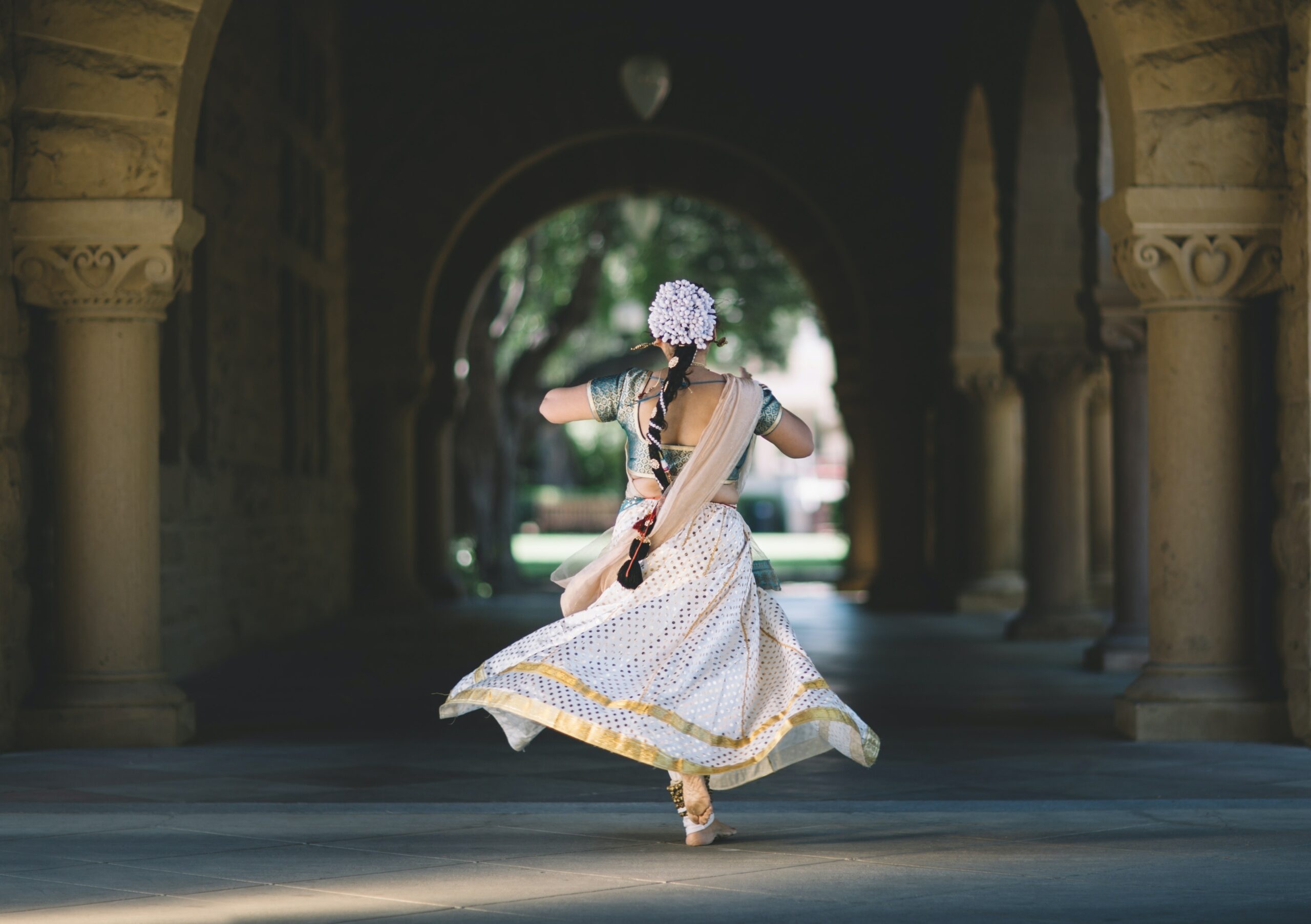AAPI Equal Pay Day
Equal Pay Day was developed by the National Committee on Pay Equity (NCPE) in 1996 as a public awareness event to illustrate the gap between men’s and women’s wages. This date symbolizes how far into the year women must work to earn what men earned in the previous year. Because the wage gap is wider for women of color, multiple dates exist corresponding with women belonging to different racial/ethnic groups.

About Equal Pay Day
Equal Pay Day was developed by the National Committee on Pay Equity (NCPE) in 1996 as a public awareness event to illustrate the gap between men’s and women’s wages. This date symbolizes how far into the year women must work to earn what men earned in the previous year. Because the wage gap is wider for women of color, multiple dates exist corresponding with women belonging to different racial/ethnic groups.
Articles
The ‘Double Pay Penalty’ that Many Asian-American and Pacific Islander Women Experience
Asian American women have higher levels of education than white men, and when comparing wages of workers with the same level of education, the disparities are much larger.
New Census Data Reveals No Progress Has Been Made on Closing the Overall Gender Pay Gap
When broken down racially, White women’s pay gap remained unchanged at $0.79 for every dollar earned by White men, while Asian women’s pay gap widened from $0.90 to $0.87.
Why Asian American Women Have Had Highest Jobless Rates During Last 6 Months of COVID
Forty-four percent of unemployed Asian American women have been jobless long-term, a trend experts say is due to the sectors they work in, family and cultural dynamics.
Jobless for Longer: Pandemic Hits Asian Americans Hard
The 5.9% unemployment rate among the roughly 10 million-strong Asian workforce in December was below the national rate. But in the final three months of 2020, almost half of jobless Asians had been out of work for at least 27 weeks.
Factsheets
A Pew Research Center report indicates that more than 1 in 4 Asian Americans (26 percent) live in multigenerational households, compared to just 19 percent of U.S. households overall. Bhutanese people (53 percent), Cambodians (41 percent) and Laotians (38 percent) are particularly likely to live in multigenerational families, which means family incomes, including women’s wages, support more people.
Factsheet Resources


Reports
According to another report “Breadwinner Mothers by Race/Ethnicity and State” (Anderson, J. 2016), nearly 45 percent of Asian American mothers bring in 40 percent or more of their families’ income. This means that the wage gap impacts their entire households which rely heavily on their wages to make ends meet and build economic stability. Policy change is a vital need for families struggling due to these inequities. Legislators must offer support through laws that promote fair pay, address workplace discrimination and harassment, and ensure the economic security of working families.
Reports
The Color of Wealth in Los Angeles: REPORT
California Budget and Policy Center: Women’s Well Being Index
The Economic Status of Asian American and Pacific Islander Women – Center for American Progress: REPORT
%
Dip in Asian Women's Employment from March 2020 to April 2020
Cents Earned for Every $1 Earned by White, Non-Hispanic Male Counterparts
%
Of Employed AAPI Women are Essential Workers
%
Of Asian Workers are Eligible for the FMLA

Social Media Toolkit
The California Commission on the Status of Women and Girls is excited to share our social media toolkit for AAPI Equal Pay Day. This toolkit provides content for to help increase awareness about the challenges facing women, and particularly AAPI women, in the workplace.
Media Toolkit
Download Graphics HERE

